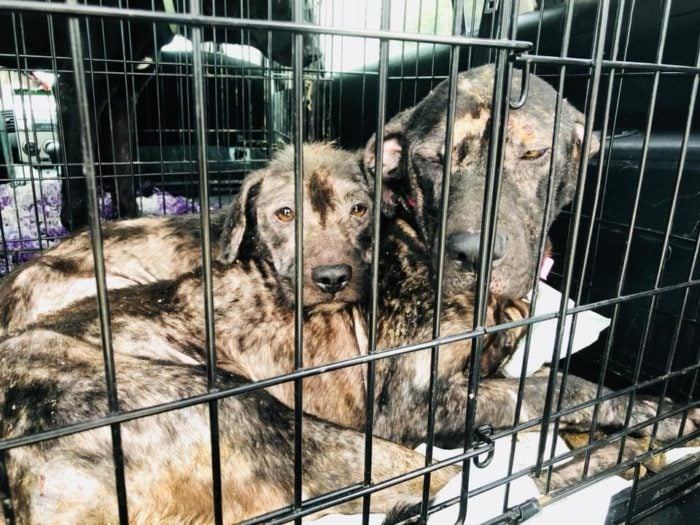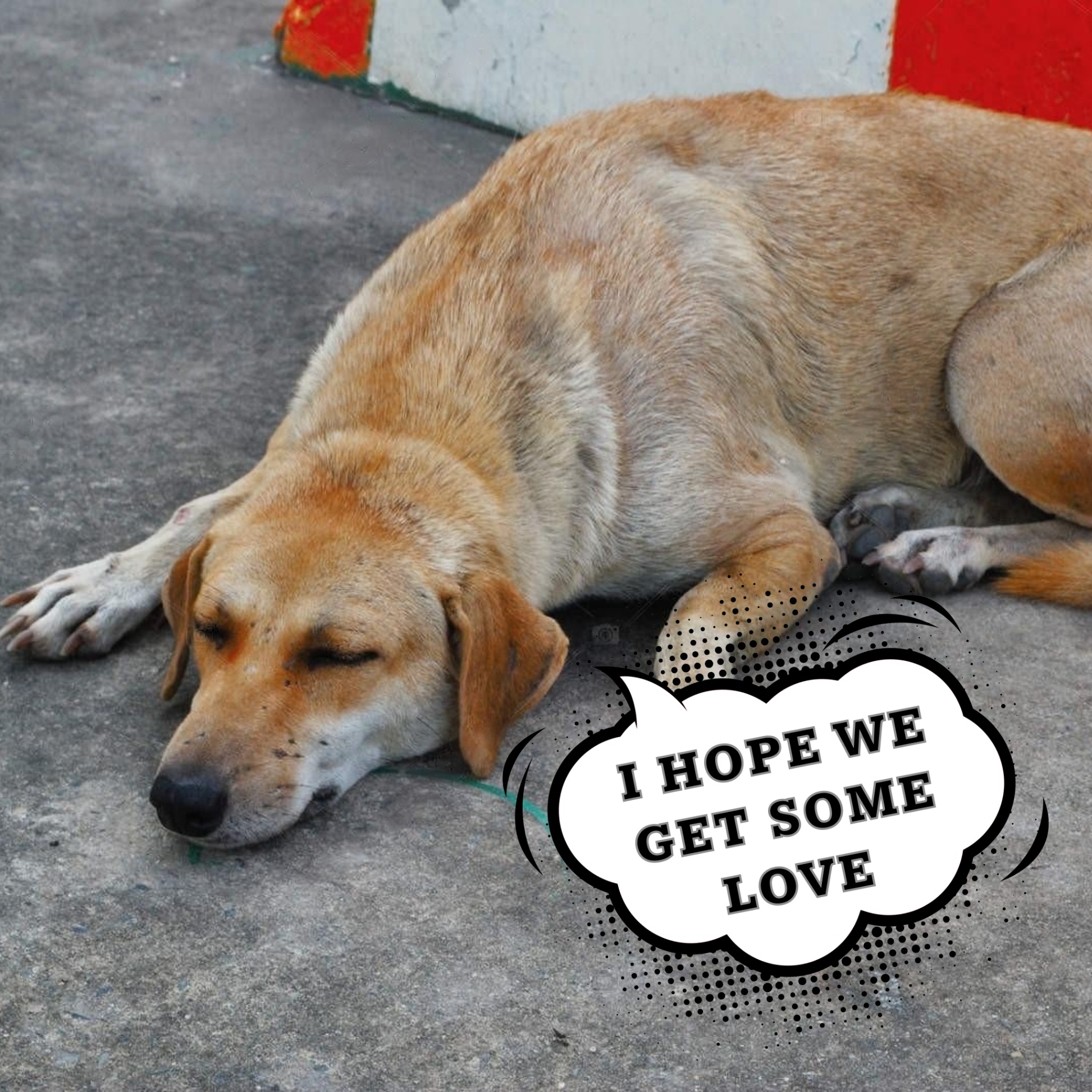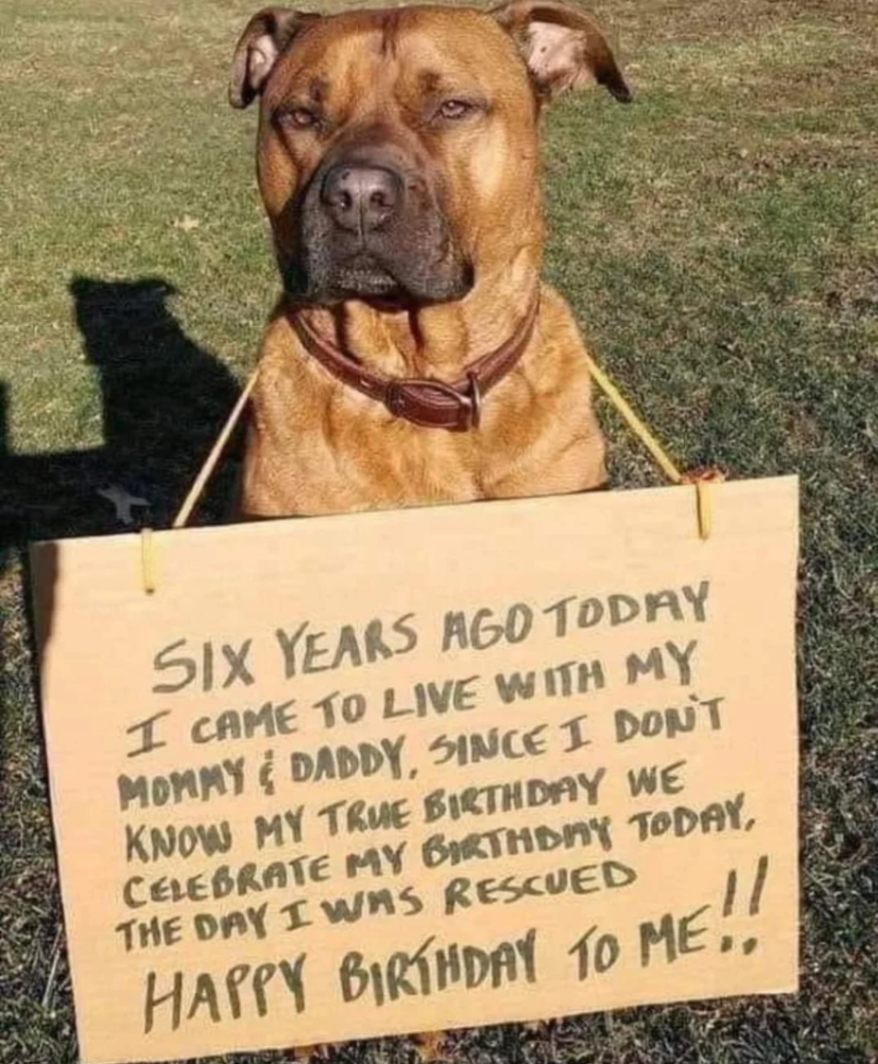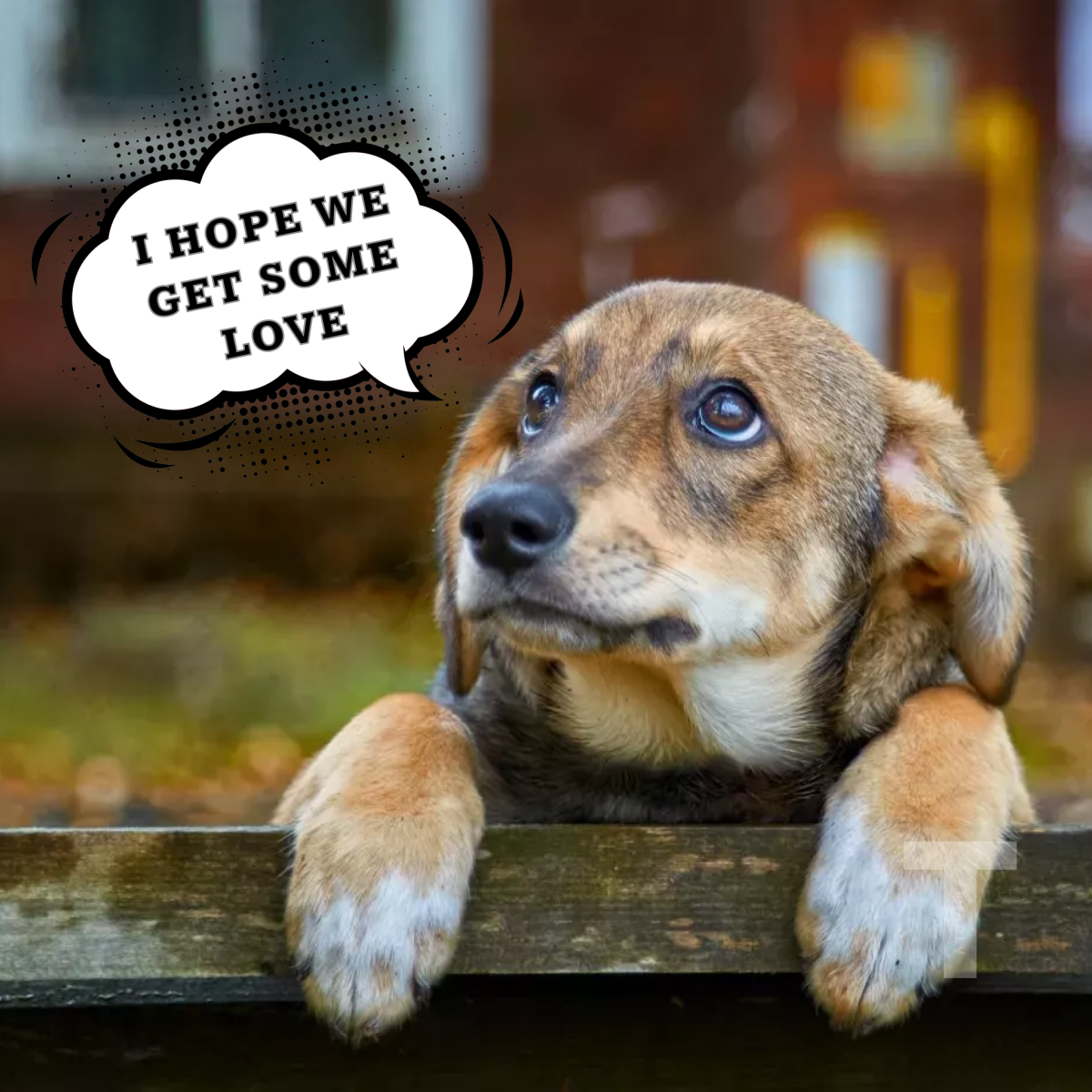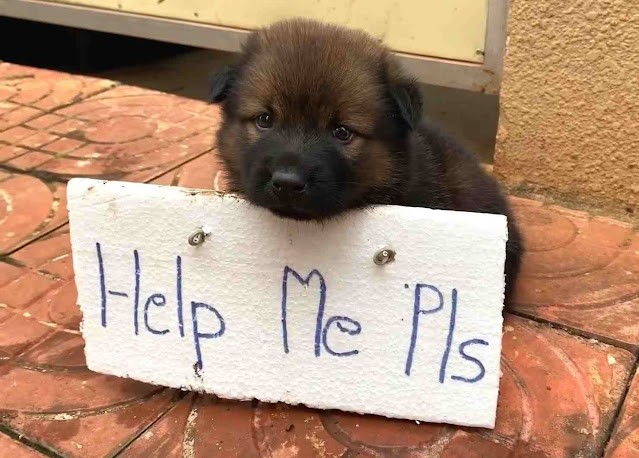Amid the hustle and bustle of the military base, amid the clang of steel and shouts of orders, there is a quiet corner where a soldier tends to his wounded canine companion. With light palms and a young touch, he provides first aid to the injured dog, his eyes reflecting concern and willpower.
The bond between the soldier and his dog is palpable, solid through many hours of training, shared experiences and mutual trust. On the battlefield, where danger lurks at all times, they are more than just soldiers and dogs: they are companions in arms, united by a common role and an unbreakable bond.
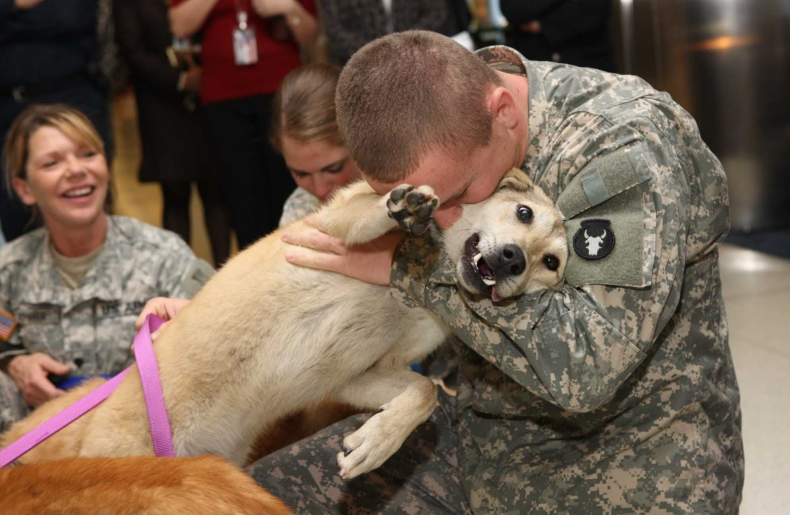
Because the soldier tends to his wounded dog, there is a feeling of reverence and respect among those who witness the scene. Because in this simple act of care and compassion, they see a reflection of the deep bond that exists between dogs and their human companions, and the sacrifices they are willing to make for each other.

Because the soldier tends to his wounded dog, there is a feeling of reverence and respect among those who witness the scene. Because in this simple act of care and compassion, they see a reflection of the deep bond that exists between dogs and their human companions, and the sacrifices they are willing to make for each other.
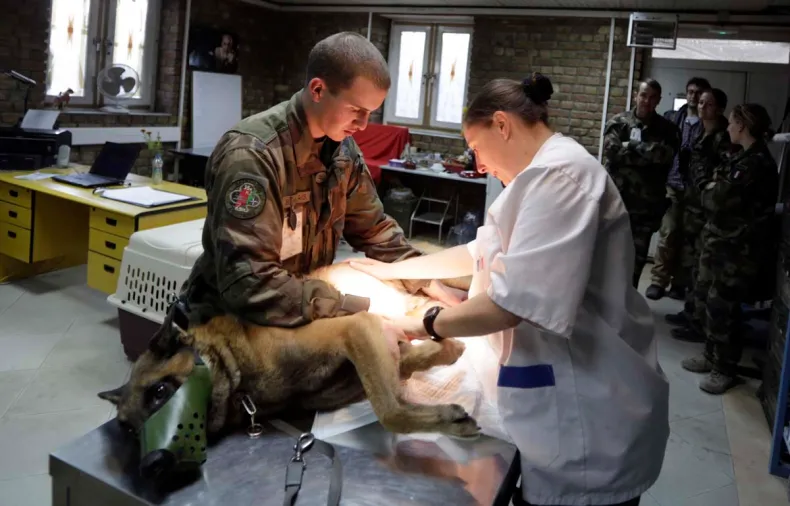
On the battlefield, where the stakes are high and the dangers are real, the bond between dogs and their human handlers takes on added importance. Together, they form a formidable group, counting on each other for support, security and camaraderie in the face of adversity.
The soldier’s tender gaze toward his wounded dog serves as a poignant reminder of the distinctive relationship that exists between dogs and their human companions within the navy. It is a strong bond within the crucible of battle, tempered by adversity and strengthened by unwavering loyalty and faith.
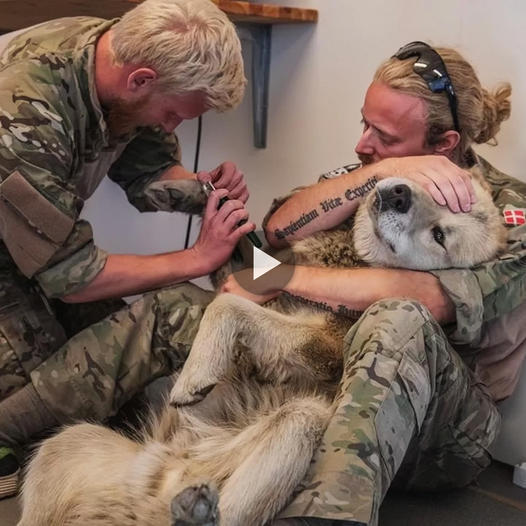
As the soldier and his dog continue their journey together, their bond only grows stronger, serving as a beacon of hope and inspiration to all who witness their touching display of care and loyalty on the battlefield.
skin problems
One of the most obvious signs that your dog has a skin condition is itching. Other signs that will suggest your dog has a skin problem include rashes, redness, dry skin, lumps, bumps, skin sores, dandruff and hair loss.
Ear diseases
Approximately 20 percent of dogs suffer from ear diseases. It is especially widespread in breeds with floppy ears such as cocker spaniels and basset hounds. It is common to see wax buildup or secretion in the ear canal. But others may experience pain, itching, redness, swelling, and crusting of the ears.
Urinary tract infections
Simply known as a UTI, this condition can make it uncomfortable for your loved one to urinate. Signs of a urinary tract infection include drinking water more often than normal and urinating more frequently than normal. Your dog may consume only a small amount or lose bladder control. Additionally, you may even see blood in their urine or discover a strong odor.
Vomiting
There are numerous reasons why your pet might vomit. You don’t want to go to the vet every time your dog vomits. But it’s not something you can ignore either. Don’t try to guess. If the vomiting persists or presents with different signs such as diarrhea or lethargy, you should go to the veterinarian quickly. It could be a sign of serious health problems, such as poisoning or gastrointestinal obstruction.
